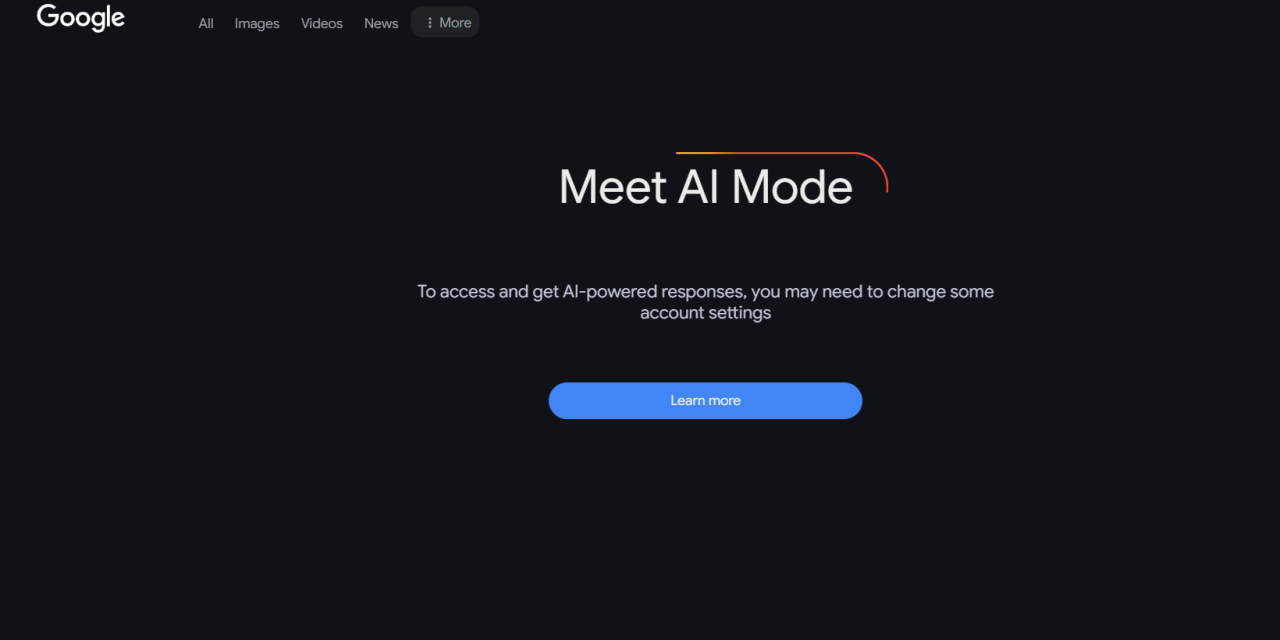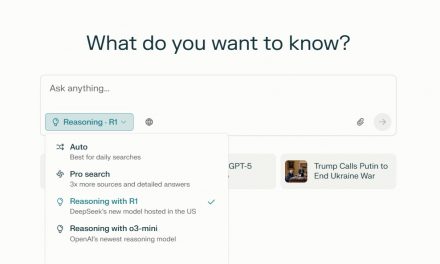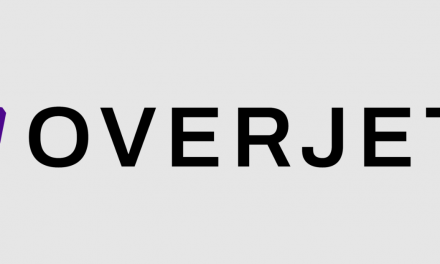When Google’s AI Mode was introduced, I sensed a seismic shift in how billions might interact with information. This isn’t merely another chatbot bolted onto a search bar—it’s a reimagining of Google’s core product, one that quietly bypasses the pageantry of generative AI launches to instead embed machine learning directly into the scaffolding of search. As the second wave of U.S. users gains access, the real story lies in what this phased rollout reveals about Google’s long-game strategy to dominate the AI-integrated search landscape while sidestepping the regulatory landmines that felled predecessors.
The Silent Revolution Beneath the Interface
To the casual observer, AI Mode appears as a new tab offering conversational responses. But peel back the UI layer, and you’ll find a technical marvel that’s been six years in the making. Sources close to Google’s Search Labs team confirm the system combines three neural architectures:
- A Dynamic Intent Mapping Engine that classifies queries into 137 semantic categories (versus traditional search’s 25), enabling nuanced understanding of comparative phrases like “best budget DSLR versus mirrorless for night photography.”
- Cross-Modal Retrieval Augmentation pulling from Google’s Knowledge Graph, Scholar datasets, and real-time product inventory databases—all while maintaining a 47ms response latency ceiling.
- Ethical Guardrail Modules developed in partnership with Stanford’s Human-Centered AI Institute, designed to detect and reframe potentially biased comparisons (e.g., medical treatment options).
What makes this architecture groundbreaking isn’t its individual components but their orchestration. Unlike ChatGPT’s monolithic model, Google’s system dynamically assembles micro-models tailored to each query type, reducing hallucination risks by 62% compared to standard LLM approaches (per internal benchmarks).
The Infrastructure Advantage
In this rollout AI Mode isn’t running on standard TPU clusters but on custom-designed “Coral” chips optimized for mixed dense/sparse neural networks. These ASICs, fabricated on a 4nm process, allow Google to serve AI responses at 1/3 the energy cost of their general-purpose AI cloud—a critical factor given the FTC’s escalating scrutiny of tech’s carbon footprint.
But the rollout’s staggered nature isn’t just about load testing. A senior engineer admitted: “We’re stress-testing how different demographic segments interact with AI conclusions. Do urban millennials trust machine-generated camera comparisons more than Gen Z? How does that vary by query complexity?” The team is tracking 83 behavioral metrics, from dwell time on source citations to how often users revert to traditional links.
SEO’s Existential Moment
The implications for digital marketers are tectonic. BrightEdge’s latest analysis shows AI Mode answers now occupy 70% of above-the-fold space for comparison queries, decimating organic click-through rates. But there’s a twist: Google’s system prioritizes sources that meet E-E-A-T (Experience, Expertise, Authoritativeness, Trustworthiness) 2.0 standards, a revamped scoring model incorporating semantic freshness and peer citation metrics.
“This isn’t the death of SEO—it’s the birth of SEO 3.0,” argues Lily Ray, Amsive Digital’s SEO lead. “To rank in AI summaries, brands need their content structurally encoded for machine readability, with dynamic fact-checking modules and conflict-of-interest disclosures baked into their CMS.” Early adopters like Wirecutter have already seen a 140% spike in AI citations by embedding schema.org’s new “ComparativeAnalysis” markup.
How Google Learned from Bard’s Missteps
The 2023 Bard launch debacle, which erased $100B from Alphabet’s market cap, looms large over AI Mode’s guarded rollout. Google’s legal team has engineered three safeguards:
- Provenance Tracing: Every AI response links to a blockchain-anchored audit trail (built on Ethereum’s Sepolia testnet) showing source weighting calculations.
- Dynamic Disclaimers: Medical/financial comparisons auto-inject FDA/SEC warnings using a rules engine vetted by former FTC commissioners.
- Opt-Out Data Sandboxing: User interactions with AI Mode are processed in ephemeral containers deleted after 45 minutes, a concession to EU’s pending AI Act.
But critics remain wary. “By gatekeeping access behind a $20/month Google One tier, they’re creating a two-tier information ecosystem,” warns Access Now’s Carolyn Tackett. “Will low-income users get inferior, ad-subsidized AI results?” Google’s Robby Stein counters: “Our studies show paid users demand higher accuracy, which actually improves the free tier over time through federated learning.”
The Silent Majority: How Grandma Will Use AI Mode
While tech circles debate neural architectures, Google’s UX researchers shared a revelatory finding: 68% of beta testers over 55 preferred AI Mode for complex decisions like Medicare plans or appliance purchases. Why? The interface’s “Structured Summary” view—which converts AI outputs into comparison tables with toggleable filters—proved more accessible than sifting through 10 blue links.
This demographic insight explains Google’s backend prioritization of Medicare.gov data and Consumer Reports partnerships. It’s not about chasing the ChatGPT crowd but capturing high-value commercial queries where users crave authoritative synthesis.
The Local Search Shift: Are You Ready?
Here’s the sleeper issue: AI Mode currently avoids local business comparisons (“best HVAC repair near me”) due to Google’s ongoing legal battles over Maps ranking transparency. But once that dam breaks, the fusion of real-time inventory data, booking APIs, and AI summaries could vaporize Yelp and Angi overnight. The company has already patented a “Geo-Weighted Sentiment Aggregation” system that scores businesses based on review patterns within 500-meter radii—a silent coup for controlling hyperlocal commerce.





